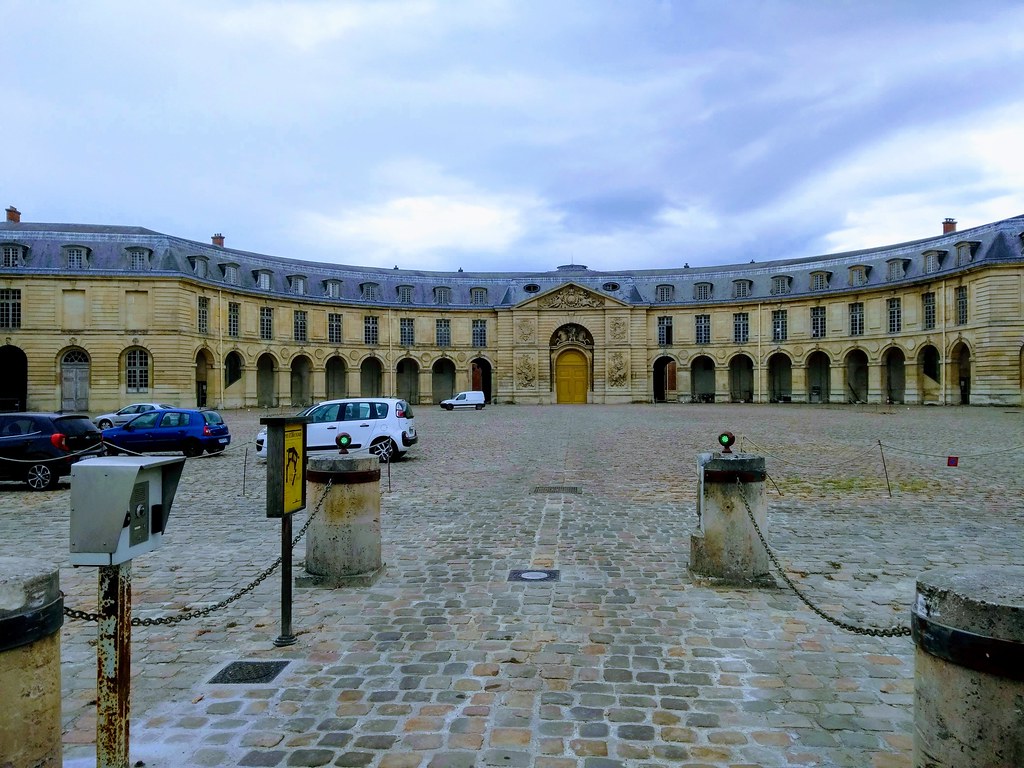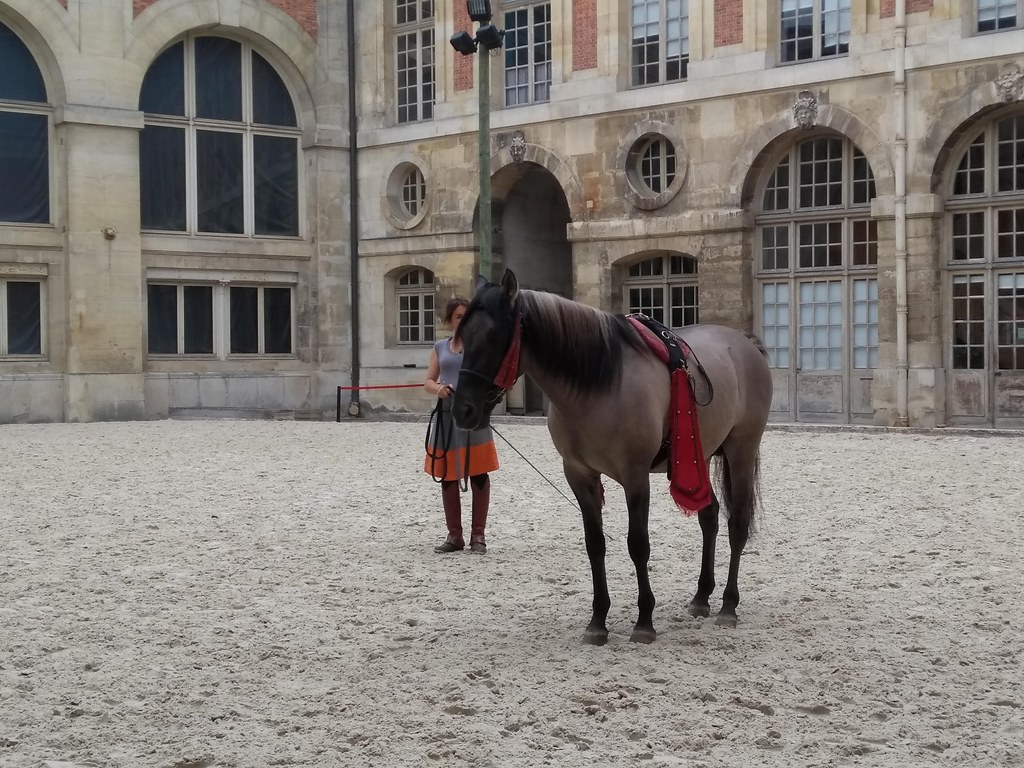Guyancourt is a commune in the Yvelines department in the Île-de-Franceregion in north-central France. It is located in the south-western suburbs of Paris, 21.2 km (13.2 mi) from the center of Paris, in the “new town” of Saint-Quentin-en-Yvelines.
Geography
The commune of Guyancourt comprises several districts. The first of them, corresponding to the old village, is known as “le village”, the others are named:
- Bouviers (Herdsmen), ancient hamlet of the village
- Les Garennes (the warrens)
- L’Europe (Europe)
- Le Pont du Routoir (the bridge over the retting pit)
- Les Saules (the Willows)
- Le Parc (the Park)
- Les Chênes (the Oaks)
- Villaroy (the recently constructed districts of the city)
The bordering communes are Versailles to the northeast, Voisins-le-Bretonneux to the southwest, Montigny-le-Bretonneux to the west, Châteaufort to the southeast, Magny-les-Hameaux to the south and Saint-Cyr-l’Ecole in the northwest.
Although located in the Paris suburbs (in an Anglo-Saxon conception of suburbs), more than half of the territory of the commune of Guyancourt is covered in natural spaces: forests, wood, parks, gardens and ponds.
Guyancourt’s sights
Saint-Victor church
Dedicated to Saint Victor, a 3rd century martyr who died in Marseille, the church is located in the heart of the village, not far from the old stronghold and the probable castle which preceded it. The sober Gothic silhouette of the building has dominated the Guyancourt landscape for several centuries.
The Bouviers Battery
Dated 1879, the Bouviers Battery is part of the second belt of the fortifications of Paris, of the so-called “Séré de Rivières” type, built in the aftermath of the dramatic defeat of France inflicted by Prussia. To protect Paris from bombardment, 18 forts, 5 redoubts and 34 batteries will be built. The Haut-Buc and Saint-Cyr fort as well as the Bouviers and Bois-d’Arcy battery are arranged in an arc on the Guyancourt plateau in order to make it possible to plug the gap between Saint-Cyr and Buc which leads to Versailles and the gates of the capital.
Site fitted out to receive a group of guns firing in a common direction, the battery is often assimilated to a redoubt. With its general trapezoidal shape and two interior courtyards, this piece of military architecture presents the same characteristics as in other Séré de Rivières type forts, such as casemates, vaulted chambers and a beautiful order of facades made up of millstone and of bricks.
City Hall
In 1852, the Guyancourt municipal council noting the “inadequacy and unsanitary conditions of the school hall” decided to create a new school, a refuge for the elderly and a new cemetery. This financially too ambitious project for a village of 645 inhabitants will be postponed. However, following a formal notice from the Prefect to the Mayor, after a damning report from the Inspector of the Academy on the state of the school still practiced in the former Hôtel-Dieu, the construction of a “school house in which a town hall will be established ”was enacted in 1855. With the relocation of the cemetery“ outside the town ”, which was initially around the Church, the acquisition and restoration of the presbytery and the creation of a new road circulation,




